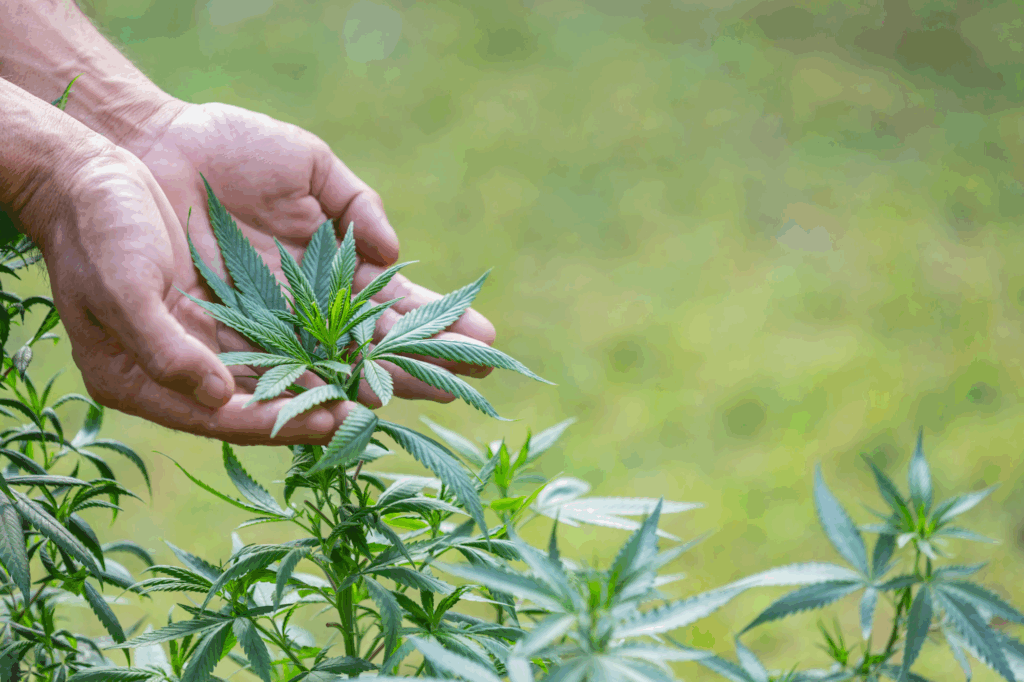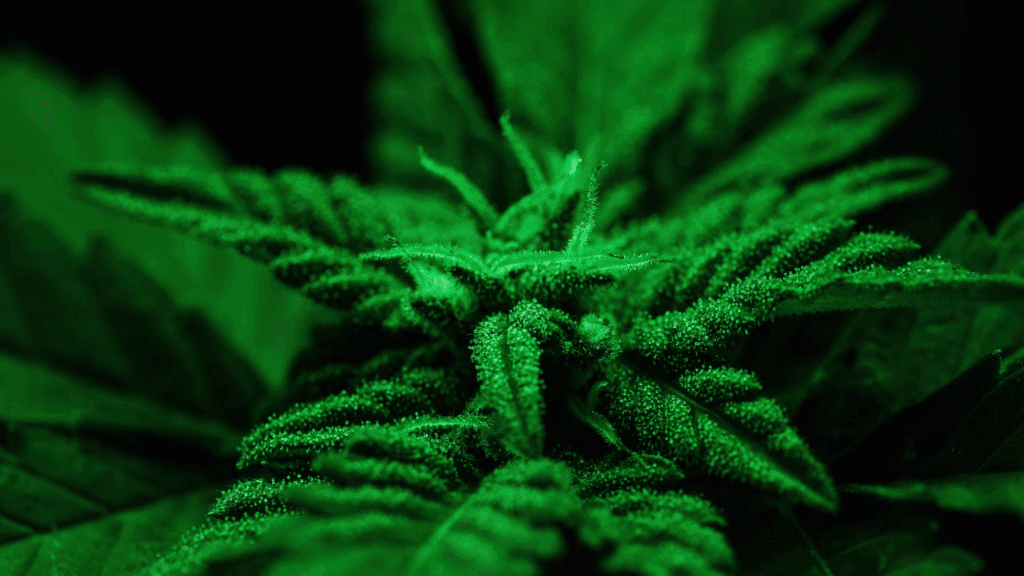A powerful compound found in the cannabis plant is surprising scientists with its ability to fight deadly fungal infections. Known as cannabigerol, or CBG, this lesser-known cannabinoid is outperforming existing antifungal medications in lab tests. As the threat of drug-resistant fungal infections rises globally, CBG could become a critical tool in modern medicine. The cannabis plant, long studied for its medical potential, may be holding a key to one of the world’s most urgent health problems.
The Hidden Danger of Fungal Infections
Fungal infections are far more dangerous than most people realize. Some types, including Candida auris and Aspergillus fumigatus, are highly resistant to treatment and can become deadly. These infections often spread in hospitals and affect people with weakened immune systems, such as cancer patients or organ transplant recipients. Drug resistance has made it harder for doctors to manage outbreaks. This is why researchers are turning their attention to new sources of medicine, including the cannabis plant.
Read More: Scientists Have Discovered New Cannabis Compound That May Replace Opioids
How the Cannabis Compound CBG Works
CBG is one of over 100 cannabinoids found in cannabis, but it is not widely used in commercial products. It has no psychoactive effects, meaning it will not cause a high. Scientists have discovered that CBG attacks the protective biofilms that fungi create. These biofilms act like shields, making the fungus harder to kill. CBG breaks down these layers and weakens the fungal cell walls, allowing treatments to be more effective. This mechanism is different from most antifungal drugs, giving CBG an edge in overcoming resistance.
Why Traditional Antifungal Drugs Are Falling Behind
Most commonly used antifungals fall into a few categories, including azoles and polyenes. While effective in the past, these drugs are now failing to treat some fungal infections. Fungi can evolve rapidly, and overuse of antifungals in agriculture and medicine has fueled this resistance. Some drugs can also cause serious side effects, including damage to the liver or kidneys. In comparison, CBG from cannabis appears to be less toxic to human cells while remaining highly effective against fungal cells.
CBG Is More Than Just an Antifungal Agent
While the main focus has been on its antifungal activity, CBG has shown promise in other areas of health. Researchers are exploring its antibacterial and anti-inflammatory properties. Some studies suggest CBG could help treat inflammatory bowel disease, glaucoma, and even neurodegenerative conditions. The fact that it can target multiple biological systems without major side effects makes it a strong candidate for future drug development. This adds even more medical value to the cannabis plant and its compounds.

Why Fungal Resistance Is a Growing Crisis
The rise in fungal resistance is a quiet but serious public health threat. Unlike bacteria, fungi have fewer treatment options. When resistance builds, doctors are left with limited or toxic alternatives. Infections like Candida auris can spread quickly in healthcare settings and are difficult to detect early. The World Health Organization has listed fungal pathogens as a top priority for drug development. CBG’s success in early tests gives scientists new hope that cannabis-derived treatments could change the direction of this crisis.
CBG Versus CBD and THC, Key Differences That Matter
Most people are familiar with THC and CBD, the two most prominent compounds in cannabis. However, CBG works differently. It is the chemical parent of both THC and CBD, meaning it appears earlier in the plant’s development. While THC affects the brain and CBD works mainly on inflammation and anxiety, CBG has a broader range of potential. Because it binds to different receptors in the body, it opens up new possibilities for treating infections, inflammation, and pain, all without psychoactive effects.
Current Research and Lab Results on CBG
In controlled laboratory environments, CBG has shown the ability to eliminate fungal infections more effectively than some approved drugs. Tests on biofilms and isolated fungal cells confirm that CBG disrupts critical fungal structures. Although these results are early and based on preclinical models, they are encouraging. Researchers are now pushing for funding to move toward animal and human trials. These trials will confirm safety, dosage levels, and real-world effectiveness. If successful, cannabis-derived CBG treatments could be fast-tracked in response to global health needs.

Challenges in Bringing Cannabis Medicine to Market
Despite the promise of CBG, getting cannabis-based drugs into the market involves many hurdles. Legal restrictions in some countries still make research and production difficult. There is also a lack of standardization across cannabis products, making it hard to ensure purity and dosage consistency. Pharmaceutical companies will need to create new guidelines to handle compounds like CBG. Still, progress is being made, and regulatory bodies are beginning to adapt as the medical potential of cannabis becomes impossible to ignore.
Read More: Scientists Have Discovered A New Cannabis Compound Inside a Totally Different Plant
The Urgent Need for Alternative Antifungal Treatments
Modern medicine is running out of tools to fight certain fungal infections. Patients undergoing chemotherapy, organ transplants, or intensive care are at high risk. When current drugs fail, there are few options left. New treatments like CBG from cannabis could be the answer. With its ability to avoid resistance and reduce toxicity, CBG represents a new frontier. Health systems must act quickly to support the development of such alternatives before the crisis worsens.
Why the Public Should Care About CBG and Cannabis Research
Many people still associate cannabis with recreational use and overlook its medical benefits. CBG offers a clear example of how this perception is changing. As more compounds from the cannabis plant are studied, the public must stay informed. Accurate information builds trust in new treatments. Supporting cannabis research also helps speed up breakthroughs in medicine. When people understand how cannabis can help treat life-threatening conditions, they are more likely to support its responsible use in healthcare.
Looking Ahead, CBG May Lead a New Class of Antifungals
What makes CBG so promising is not just its ability to fight fungus, but how differently it works. Its unique structure and mechanisms make it unlikely for fungi to build resistance quickly. This gives it an advantage over older drugs. If trials continue to show success, CBG could become the foundation for a new class of antifungal treatments. These drugs would be safer, more targeted, and possibly more effective, especially for vulnerable patients. The cannabis plant may be the source of one of the most important medical tools of the future.
A New Role for Cannabis in Global Health
The discovery of CBG’s antifungal powers highlights the untapped potential in cannabis. With infections becoming harder to treat and resistance on the rise, the world needs new solutions fast. CBG offers more than just hope, it offers real scientific evidence that cannabis can play a major role in saving lives. As research continues, it is clear that cannabis is not just a cultural phenomenon; it is a medical resource with growing importance in global health.










